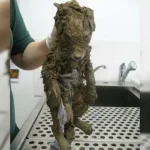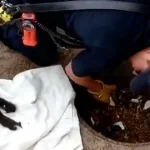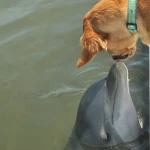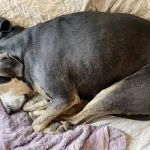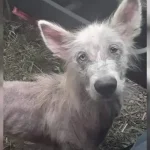Is Your Dog Moving Differently? It Could Be Scoliosis
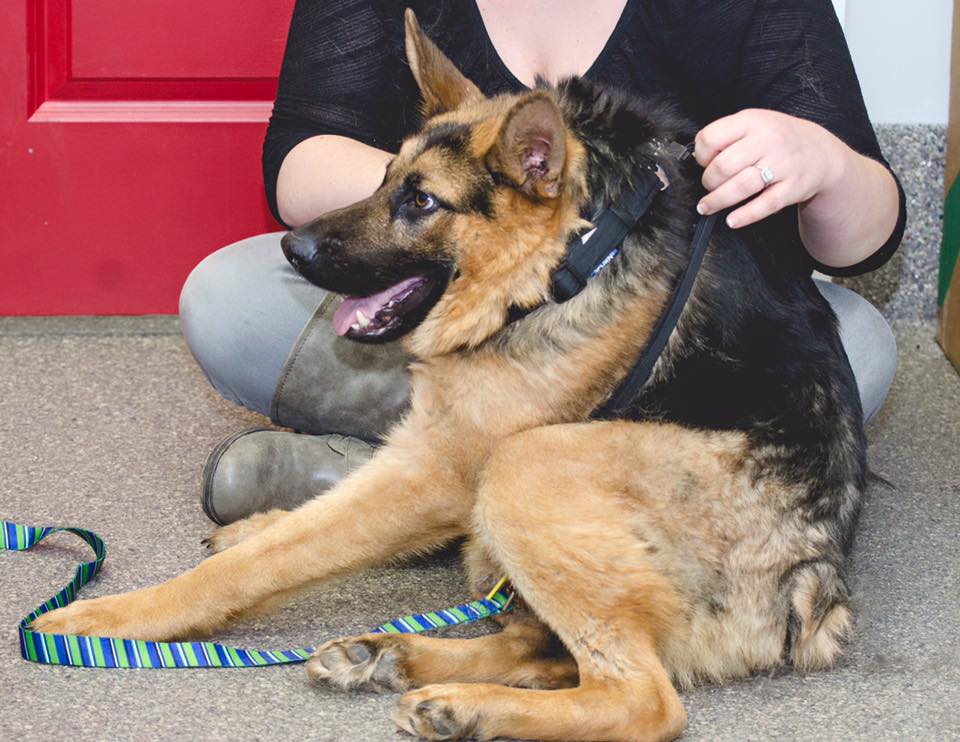
Can Dogs Get Scoliosis? Yes — And Here’s What You Need to Know 🐶❤️
When we think of scoliosis, we often picture humans—usually children or teens—dealing with an abnormal curvature of the spine. But did you know that dogs can get scoliosis too?
While not as common as in people, scoliosis in dogs is a real condition that can significantly affect your pet’s quality of life. Knowing the signs and seeking early treatment can make all the difference in how your furry friend feels and moves every day.

🩺 What Is Scoliosis in Dogs?
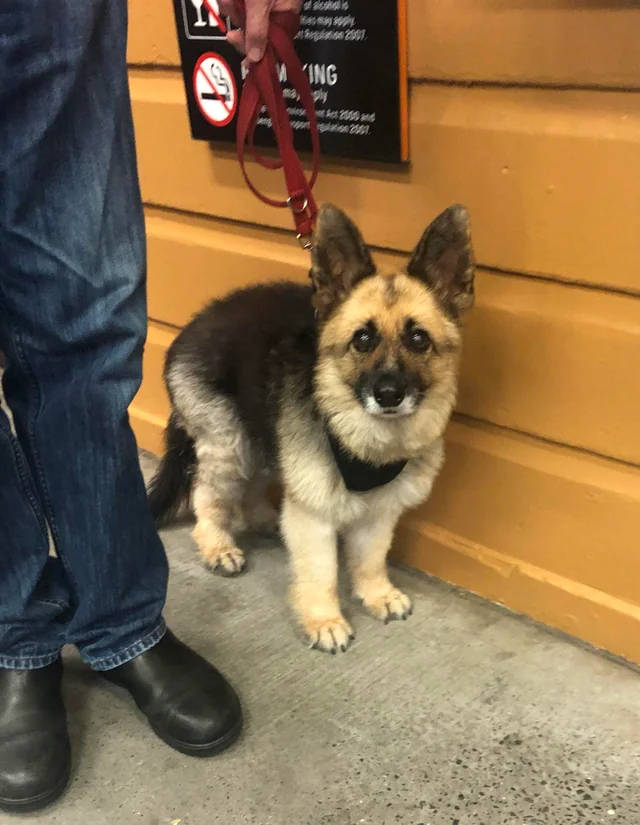
Scoliosis is a spinal deformity where the spine curves abnormally to one side. In dogs, it may be congenital (present from birth) or acquired due to trauma, injury, or muscle imbalances. Though some dogs may show mild symptoms, others can experience pain, reduced mobility, or even neurological complications if the condition affects the spinal cord.
🔍 Signs to Watch For
If your dog has scoliosis, the signs might be subtle at first. But careful observation can help you catch it early. Look out for:
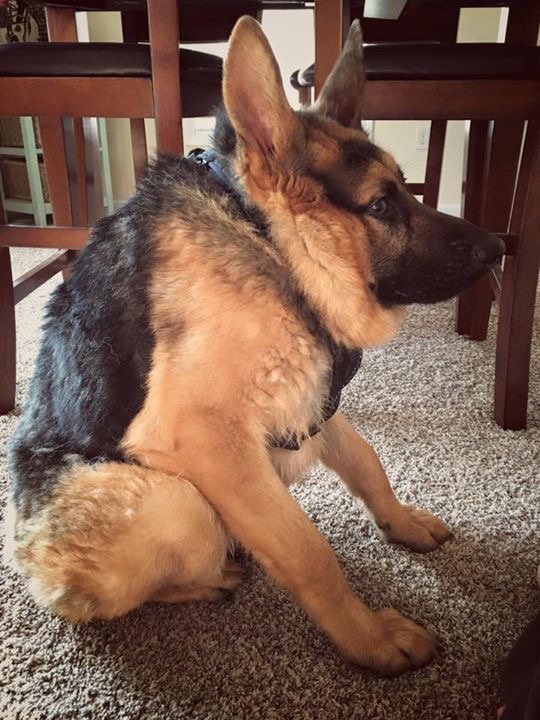
-
A visibly curved spine (especially when viewed from above or behind)
-
Unusual posture or a hunched back
-
Trouble walking or imbalance
-
Limping or favoring one side
-
Stiffness when moving, lying down, or standing up
-
A noticeable drop in energy levels
-
Muscle loss on one side of the body
Some dogs may also yelp when touched in certain areas or become reluctant to play, jump, or climb stairs.
🐾 What Should You Do?
If you notice any of these symptoms, it’s essential to schedule a vet appointment right away. Your veterinarian can perform a physical exam and likely recommend X-rays or other imaging to assess your dog’s spine.
Early diagnosis is critical. In some cases, scoliosis can be managed with physical therapy, pain management, and supportive care. In others, surgery or bracing may be considered depending on severity.
❤️ Living With a Curved Spine — And a Full Heart

Just like people, dogs with scoliosis can go on to live happy, fulfilling lives with the right support. With proper veterinary care, a tailored treatment plan, and a loving home, they can still run, cuddle, and bring joy to your world every day.
So if your pup starts walking differently, seems stiff, or just “not quite right,” don’t ignore it. Early intervention might just be the key to a longer, more comfortable life.
Because every dog deserves to move through the world without pain—and with all the love in their hearts and wag in their tails.
